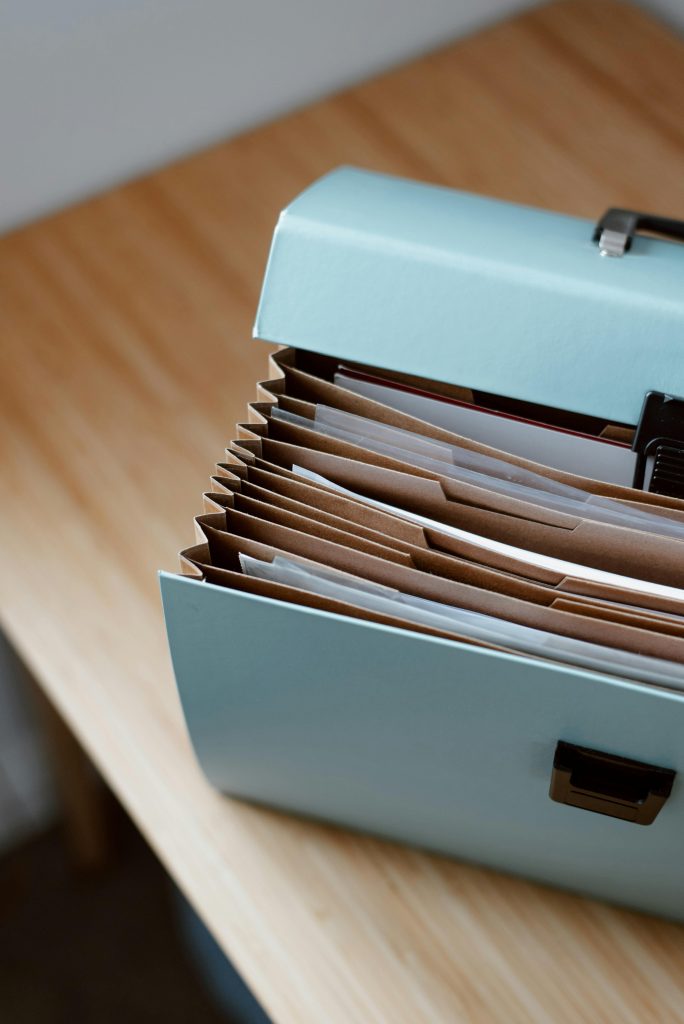Title: Troubleshooting External Hard Drive PCB Replacement: When a WD120EDAZ Fails to Spin Post-Repair
Recovering data from failed hard drives can often be a meticulous and technically demanding process. Recently, I undertook a repair project involving a Western Digital WD120EDAZ drive that refused to spin or respond. My goal was to replace the printed circuit board (PCB) to restore functionality, but the outcome led to new challenges. Below is an account of the steps taken, the issues encountered, and insights that may help others facing similar situations.
Understanding the Initial Issue
The original drive exhibited complete power failure; it showed no signs of spinning, no clicking sounds, and did not register with the computer. Such symptoms typically suggest a severe hardware fault, often associated with PCB failure or component damage. To pursue data recovery, I sourced an identical PCB matching the model.
Initial PCB Swap and Results
My first step was to perform a straightforward PCB replacement. Just swapping the PCB enabled the disk to spin; however, the drive was no longer recognized by the operating system. This partial success indicated that while the motor and basic components were functional, the drive’s data interface was not operational.
Further BIOS Chip Transfer and Troubleshooting
Knowing that some WD drives rely on firmware stored in BIOS chips, I attempted to reprogram the replacement PCB by swapping the BIOS chip from the original drive. Following this exchange, the drive became unresponsive again—no spinning, no recognition.
Verifying Workmanship and Component Integrity
To ensure proper reassembly, I meticulously inspected the PCB, BIOS chip, and surrounding components under a microscope. I verified that:
- All chips were correctly oriented and seated.
- Solder joints appeared intact and free of bridging or cold joints.
- No components or traces were damaged during removal or installation.
Reflowed joints where necessary and rechecked connections, but the drive remained unresponsive. Given this, I suspect that the fault may extend beyond the PCB or BIOS chip.
Potential Causes and Recommendations
When replacing PCBs in external hard drives, it’s essential to consider several factors:
-
Firmware Compatibility: Even identical model PCBs can have subtle firmware differences. Donor PCBs often need to be paired with the specific drive series or require special firmware procedures.
-
Firmware Chip Transfer: If your drive uses a BIOS or firmware chip that stores drive-specific parameters, moving or reprogramming it is critical. Proper cloning or transfer methods are necessary.
-
**
Share this content:



